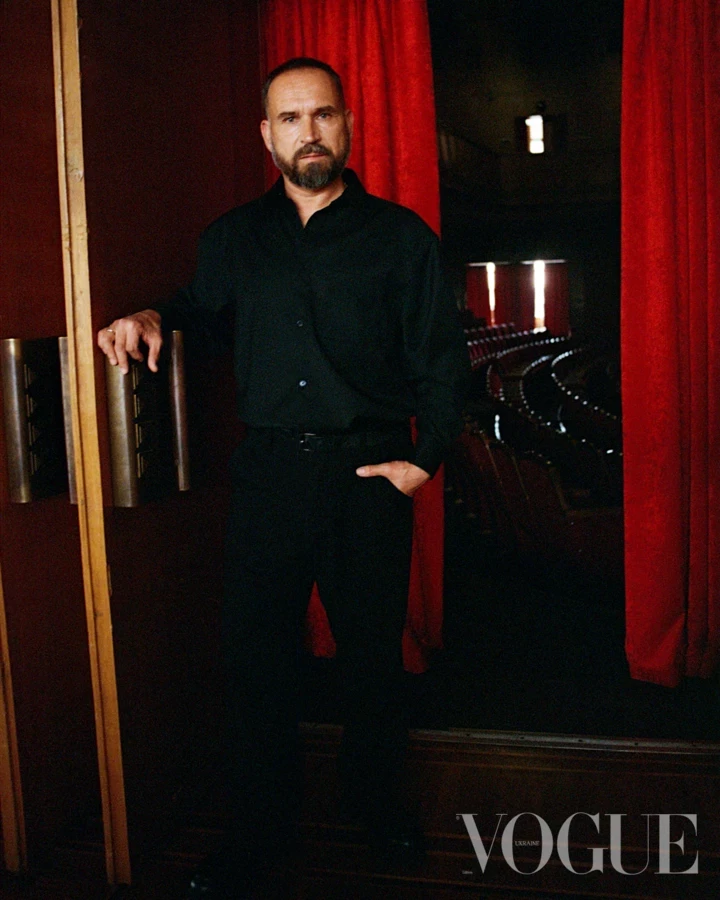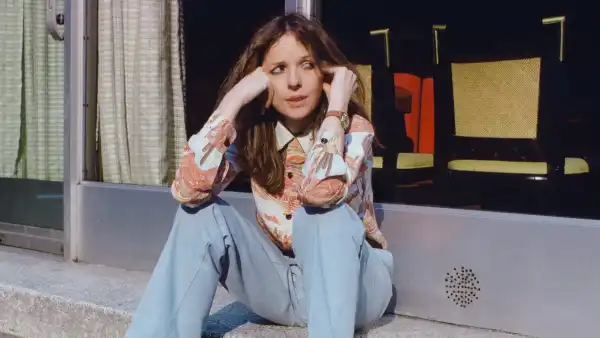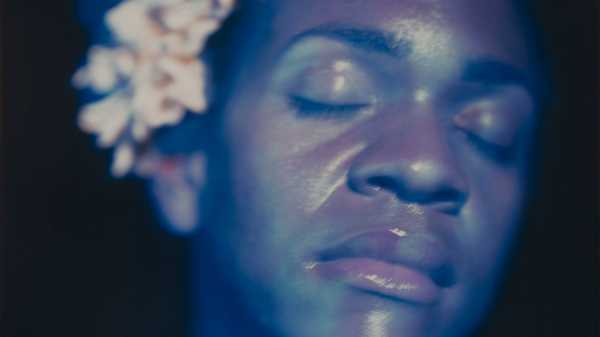
Save this storySave this storySave this storySave this story
The title of Lyle Ashton Harris’s current exhibition at the Queens Museum, “Our First and Last Love,” is an abbreviated version of a fortune-cookie message: our first and last love is . . . self-love. The original strip of paper is on display in the show, pasted into a notebook and presented in a vitrine. Harris, a fifty-nine-year-old Black and queer artist, rejects the notion that his work is narcissistic; “self-love,” he says in the show’s catalogue, “sustained me through acts of resistance” in places where same-sex relationships were still against the law. Yet viewers won’t be surprised to find that Harris is the (not always recognizable) subject of much of the photography, assemblage, video, and installation pieces that are being showcased. From the beginning, he’s used his body like a mannequin—a figure to be manipulated, dressed up, and stripped naked. Slipping easily between genders, and landing at some thrilling place where identity is at its most fluid, Harris is one of the wittiest and busiest heirs to an outlaw avant-garde that includes Lucas Samaras, Pierre Molinier, and Claude Cahun.
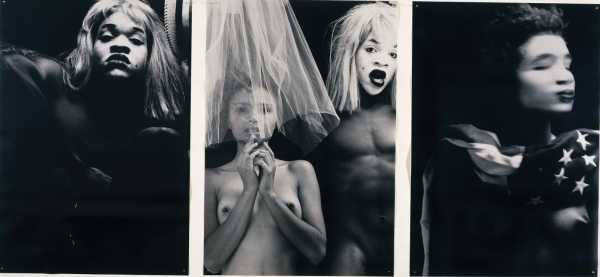
“Americas (Triptych),” 1987-88.
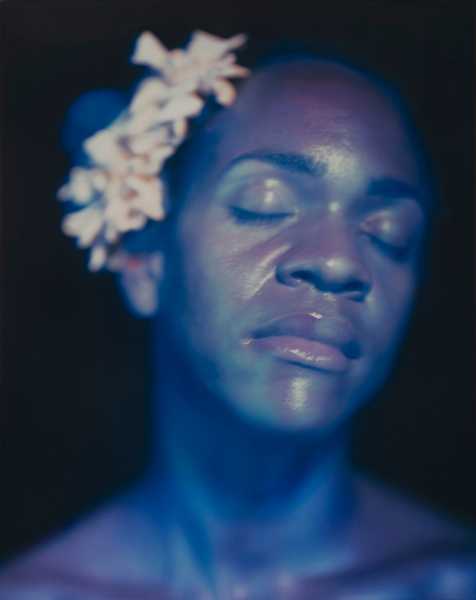
“Billie Dreaming in Blue,” 2021.
Harris, who has taught in the U.S. and abroad for much of his postgrad life, can talk like an academic (“There was a desire to find that subject position . . . as well as the desire to lay claim to a space of greater visibility and agency,” he says in a collection of his work from 2017). Yet he makes art from a much knottier and more intimate place. The new show is a survey skewed toward a recent series of photo-based collages called “Shadow Works” but featuring pieces in a similar vein from throughout his career (the earliest works on display are dated 1987). Each of the “Shadow Works” features a pair of scrapbook-like compilations framed by mats of richly patterned Ghanaian fabric. Often, the collages are seen as if through a red gel that gives everything a lurid aspect, like the bulletin board in a sex club—or in Hell. Placed here and there on the fabric are cowrie shells, shards of pottery, or small bundles of Harris’s clipped dreadlocks, giving the pieces the feel of votive offerings, at once sacred and profane. Images repeat from piece to piece, like the refrain in a song, haunting but free-floating and difficult to interpret. The “Shadow Works” are mood pieces, dreams—sometimes nightmares—but not tracts.
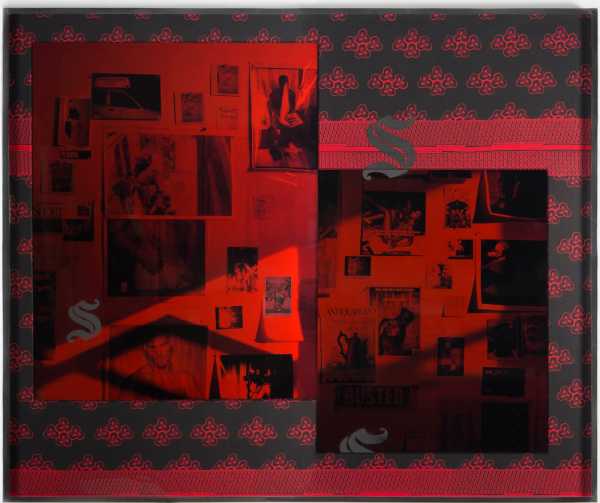
“Untitled (Red Shadow),” 2017.
The exhibition’s catalogue includes an appendix of a hundred and nine separate elements of the “Shadow Works” collages, each annotated, some by Harris himself, who remembers when and where he made or acquired a particular image. Some of the notes read like diary entries describing brief encounters, romantic hookups, and first connections with new friends. In between these more personal notations, Harris includes news clippings and magazine covers about Abu Ghraib, the Pulse night-club massacre, a police shooting caught on camera, a Ta-Nehisi Coates portrait commission, a Jack Pierson show announcement, and a postcard of Warhol’s Liz. Detailing the contents of the “Shadow Works” collages doesn’t really demystify them, but it does allow us access to a certain slice of Harris’s brain—and to the obsessiveness involved in inventorying it all.
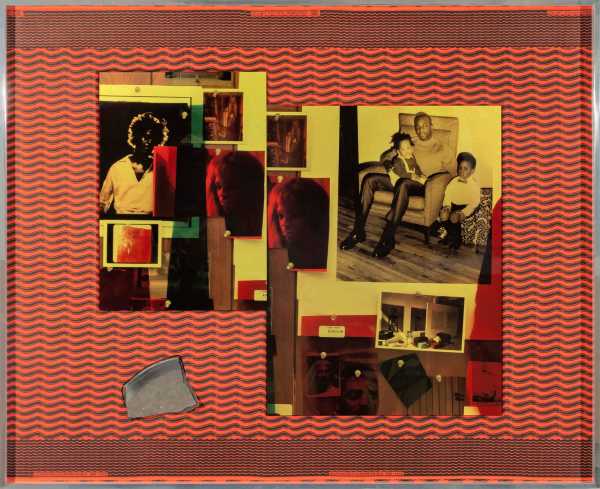
“Succession,” 2020.
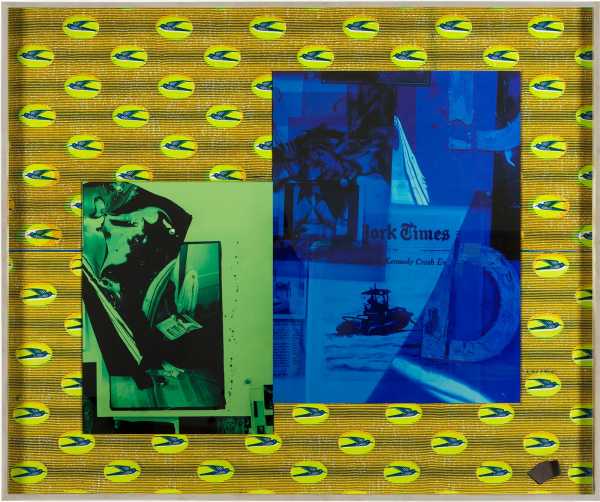
“Migration Times,” 2020.
Even more of this collected material (most identified as “artist’s ephemera”) is laid out in several vitrines and on bulletin boards dotting the show. (For fellow-obsessives, there are also catalogue appendixes with details for two of the largest boards.) Outside the more concentrated wall works, all this printed matter may not be especially enlightening, but it gives Harris’s show a Pop aura that he grounds in an utterly idiosyncratic Black aesthetic, as funky as it is sophisticated. Having spent his childhood partly in Tanzania, and seven additional years in Ghana, Harris possesses a sensitivity to and an understanding of African art and culture in all its variety that complicates and enriches his work immensely. It’s not a matter of “authenticity”; it’s about depth, flair, and a sense of cultural continuity.
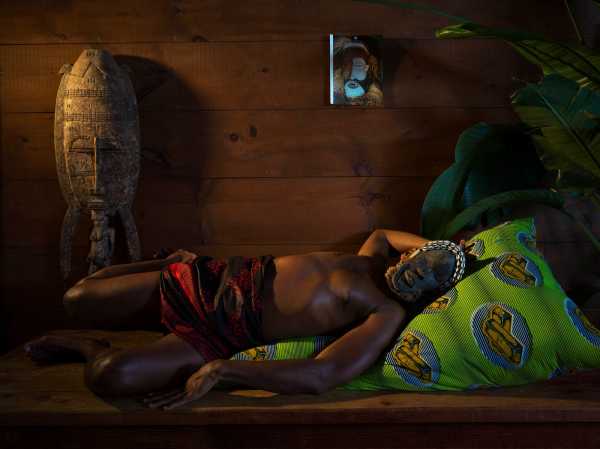
“Afropunk Odalisque,” 2018.
Much of the raw material in the Queens show is included in Harris’s 2017 book, “Today I Shall Judge Nothing That Occurs,” a compendium of what Harris calls the Ektachrome Archive, a trove of memorabilia that formed the basis of his multimedia installation in the 2017 Whitney Biennial. (I contributed a brief essay to the volume.) At the end of that book, there’s a lively conversation between Harris and his brother Thomas Allen Harris, in the course of which Lyle says, “All of my work privileges subjectivity, as opposed to thinking that one’s personal experience, one’s subjectivity, can be left in the margins.” Subjectivity isn’t left in the margins at the Queens Museum, but it’s rarely as center stage as it is in a 2016 two-channel video piece excerpted from the Biennial and labelled “Untitled (For Tommy),” after Harris’s onetime partner and longtime collaborator, Tommy Gear. One monitor shows a view of Harris sprawled on a daybed and talking on the phone. The other monitor, smaller and just below, looks into a bathroom with a shower stall behind a pink curtain; the shower is running and Roberta Flack’s “The First Time Ever I Saw Your Face” is playing on repeat. At one point, Harris emerges naked from the shower, towels off, and walks offscreen, but in the time I watched the footage he never stopped chatting. The video is seventy-seven minutes long. Subjectivity prompts subjectivity. After what felt like eavesdropping on a lovelorn lament, I walked away but couldn’t avoid the insinuating intimacy of Harris’s voice—the only sound in the galleries besides Roberta Flack’s. For other viewers, this might prove as fascinating as a daytime soap opera. I wanted to turn it off.
I took refuge in the exhibition’s last room, where another video, a 2008 installation piece, “Untitled (Cape Coast),” made in Ghana, was projected on large, loose panels of silk organza that emphasized the work’s breezy sensuality. The images on display pick up on that mood. Over an establishing shot of surf surging up a wide, busy beach, Harris layers swaying palm fronds, rustling trees, and handsome young men skating, lounging, and running toward us. A sequence shot from a car puts us in the position of a tourist, but there’s something at once casual and alert here that makes it feel far from a hit-and-run. “Cape Coast” is a pleasure cruise and a love letter—a sweet way to close a show as tender and touching as it is raspingly raw.

“Obsessão II,” 2017.
Sourse: newyorker.com


